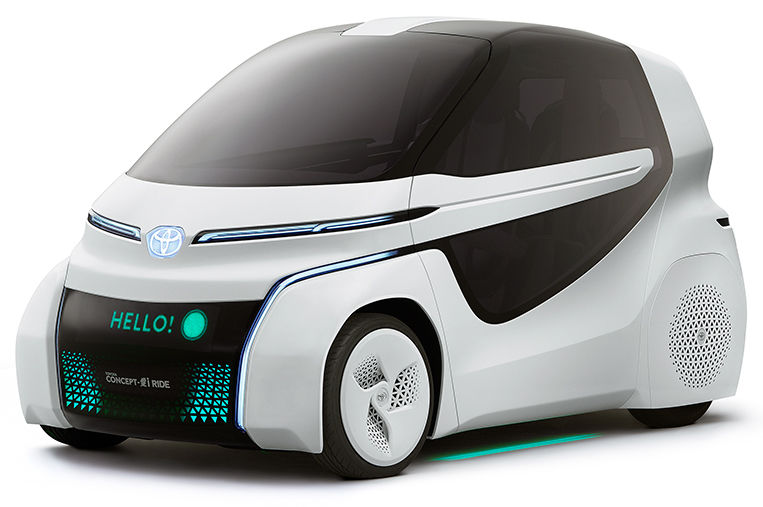
With the theme of the recently concluded 45th Tokyo Motor Show—“Beyond The Motor”—the organizers recognized that significant changes are taking place in and around the auto industry, and that innovative technologies are emerging in rapid succession. Also, relationships between people and motor vehicles are diversifying.
It is expected that in the not-too-distant future, cars may be very different from what they are today. They will transcend current limitations and offer new possibilities. This year’s TMS aimed to redefine the very meaning of the automobile and, to my view, it did exactly that.
TMS served up its own version of a mean automotive buffet: 153 automakers and parts suppliers from 10 countries, 371 concept and production models, and 64 world premieres. Everywhere you looked, every booth you visited, artificial intelligence took center stage. Cutting-edge intelligence—albeit artificial—converged with the latest in automotive design and technology in a big, big way. Each automaker paraded its vision of the future: Nissan Intelligent Mobility, Mitsubishi Intelligent Motion, Volkswagen ID, Toyota Concept-i and so on. It was a virtual swap meet on steroids, where hardware and software melded in a seamless fashion.
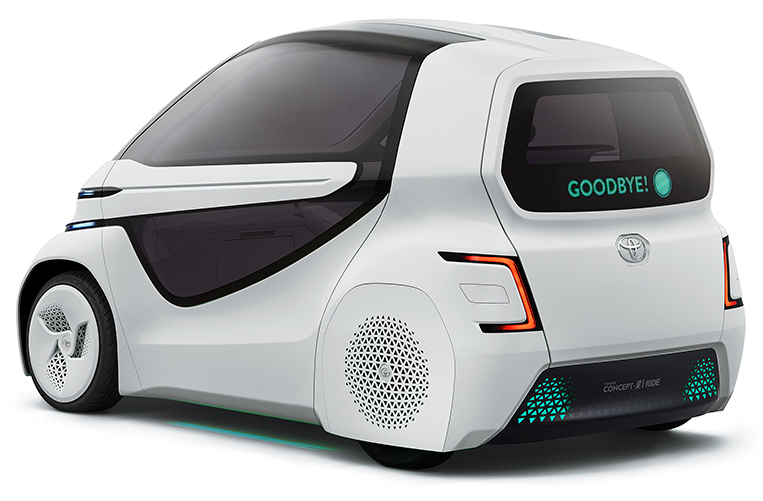
Frankly, I felt that the software folks won the show—AI, connectivity, autonomous driving, shared mobility and big data were all front and center. It was difficult to shine the light on the vast array of knowledge innovations, but their amazing applications infused the show with high-tech entertainment. There were cars that would be happy to see you (and not be shy to “express” their delight by flashing their headlamps); cars that would be able to sense your mood (based on facial expressions and body language) and adjust the driving mode accordingly, including your music playlist; cars that would be eager to help you through your day (choosing the best route, managing appointments, giving you reminders); cars that would learn your interests (based on websites you visit or inquiries you make online) and converse with you on those subjects; and cars that would be your “guardian” and help you (and pedestrians and other motorists) keep safe on the road.
The possibilities seemed endless. And, indeed, they are. We are still at the very threshold of this convergence of software and hardware. But the one most relevant and altruistic application that really got me cheering was how these newfound breakthroughs can potentially enable mobility for all—and I mean all, including persons with disability and also the elderly. Think about it. About one billion people, or 15% of the world’s population, experience some form of disability. Also, there are an estimated 962 million people aged 60 years or older, comprising about 13% of the global community. It is the segment that is growing the fastest and is estimated to reach 1.4 billion by 2030 and 2.1 billion by 2050.
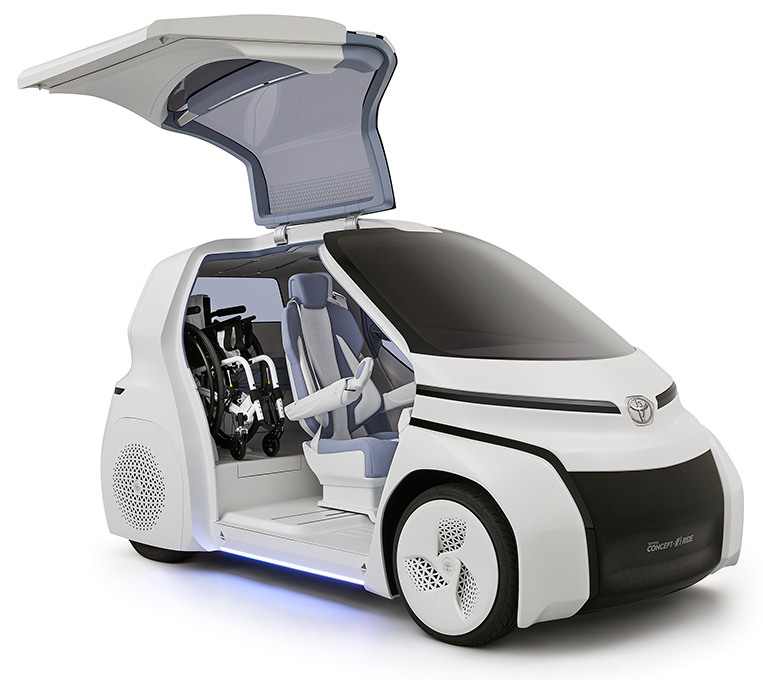
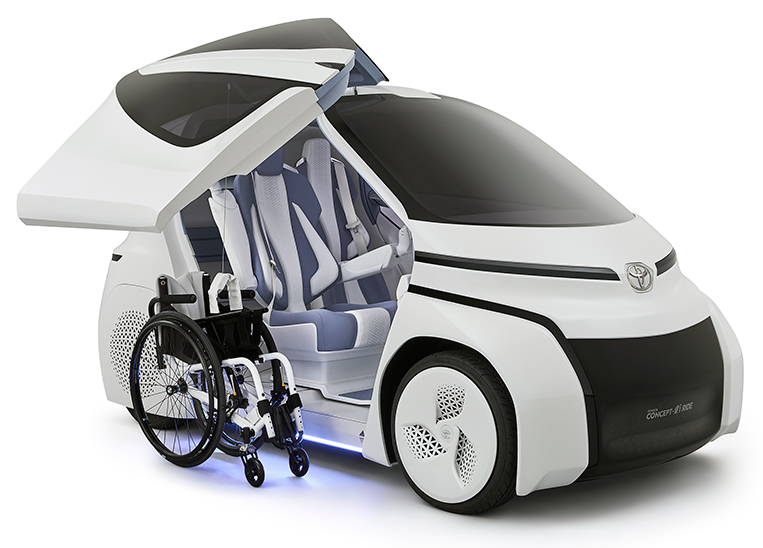
How can automakers make sure that these two significant (and growing) segments of society continue to remain mobile despite their life stage or physical circumstance? How do we help them get their healthcare? How do we assist them in their basic chores like grocery shopping? How do we let them continue to get to work safely? The rapid rise in the applications for artificial intelligence opens many new ways that automobiles can move not only people but also lives.
The Toyota Concept-i Ride, for example, features gullwing doors and an electric seat that slides to the entrance, so that even wheelchair users who feel uneasy when moving between the wheelchair and the car can transfer easily. It also supports loading and unloading of the wheelchair, and the operation of the seat has been designed so that the wheelchair can be easily stored in the rear section. In addition, a joystick is used, eliminating the steering wheel and the accelerator and brake pedals. The vehicle size enables wheelchair users to park and enter/exit a common parking space for one vehicle, with emphasis placed on easy operation while driving.
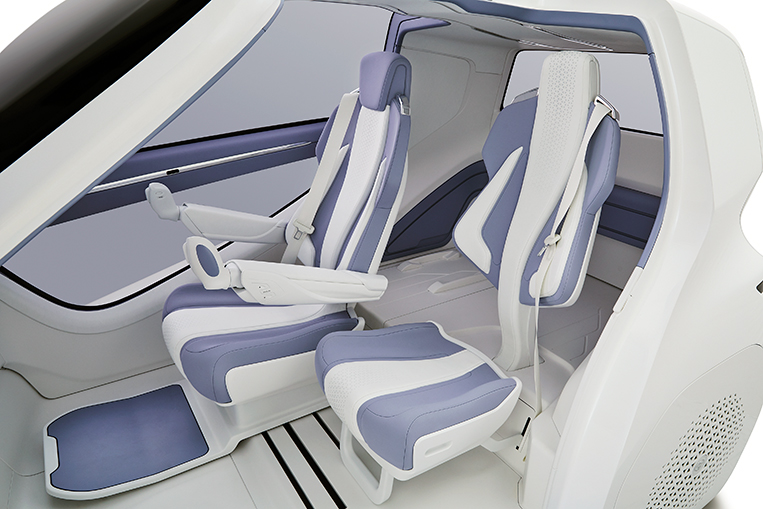
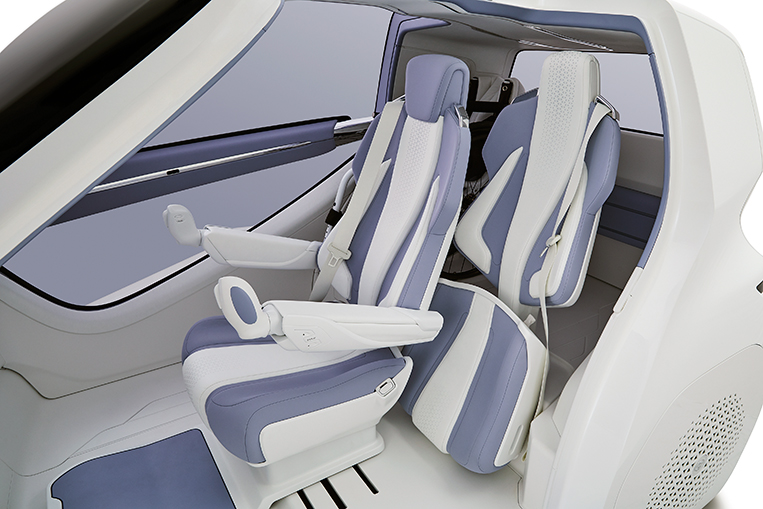
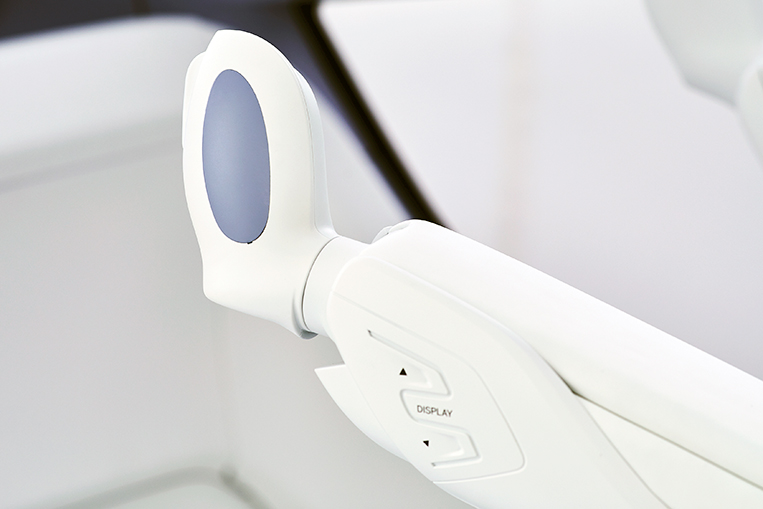
There is also the Daihatsu Pro Cargo. The vehicle’s low, flat floor makes for easy ingress and egress for seniors and PWDs, while the ability to walk through its 1,600mm-tall interior provides outstanding service utility. The vehicle features a highly customizable multi-unit system that can be changed to suit a wide range of uses. Although no details were given, I can imagine AI-enabled conveniences like voice command, motion detection, auto elevation adjustment and the sort.
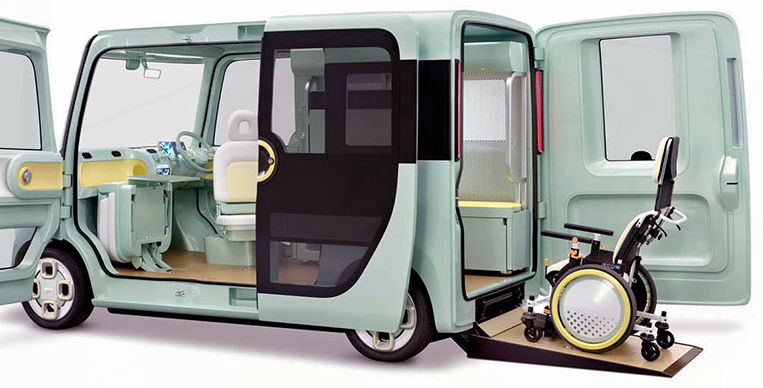
To be sure, electrification was also in the limelight. But it came across as more of a platform than a major leap in technology. Fuel-cell drivetrains seemed to offer a bit more excitement for the technology (and environment) aficionados—the next frontier, so to speak.
Beyond all the concept cars in all their funky and not-so-funky iterations, my sense of wonderment—as I walked one exhibit hall after another—was piqued by one question: How ready are we to unleash the power of artificial intelligence upon the world? Cars, now more than ever, are being designed to be of true service to humanity. And that’s always a good thing.

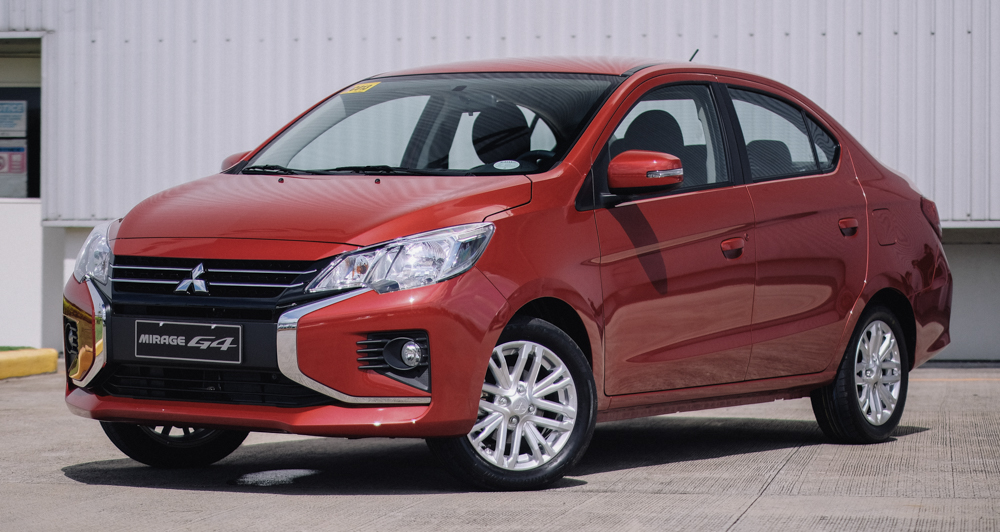
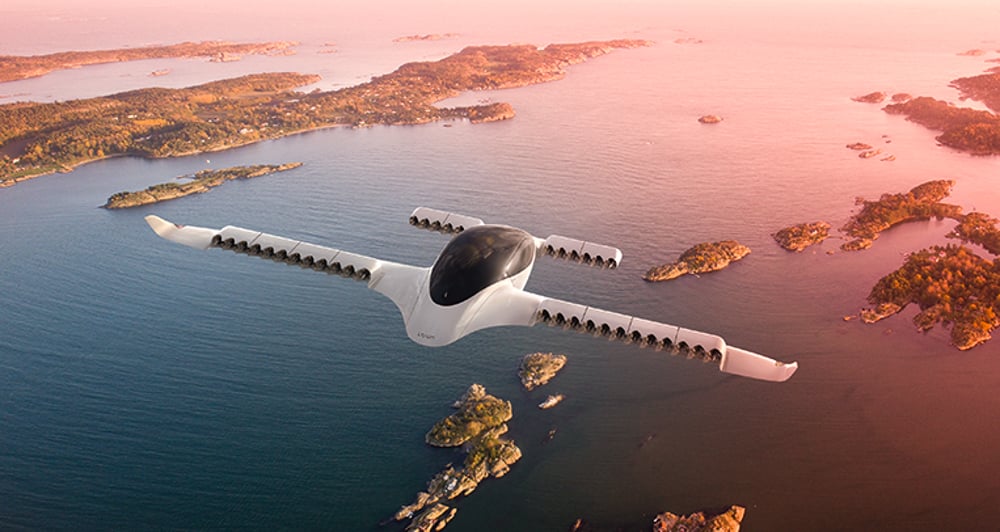
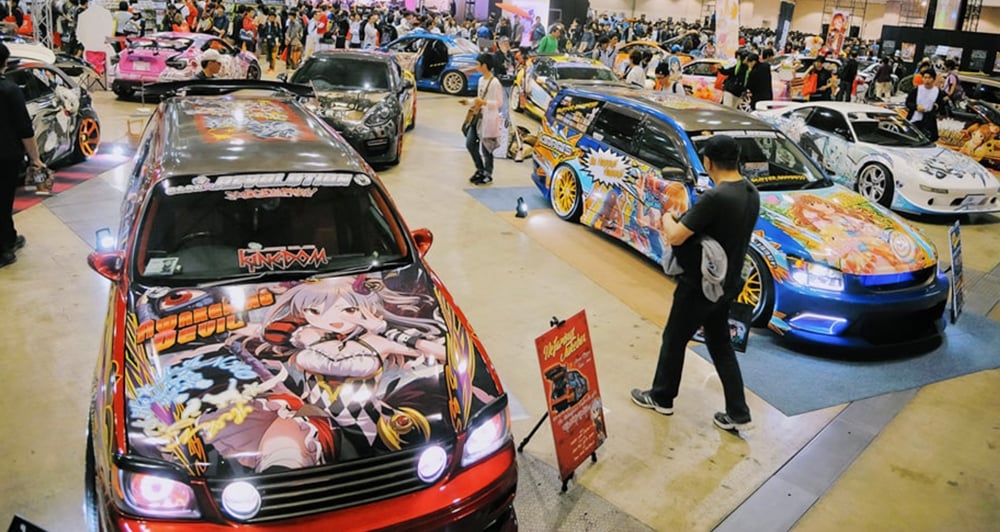

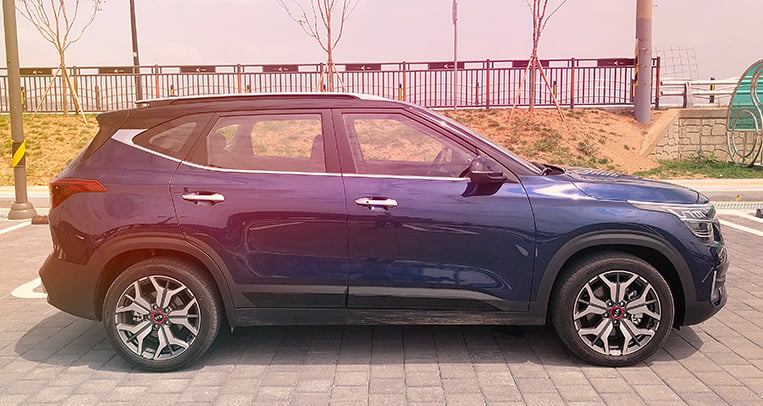

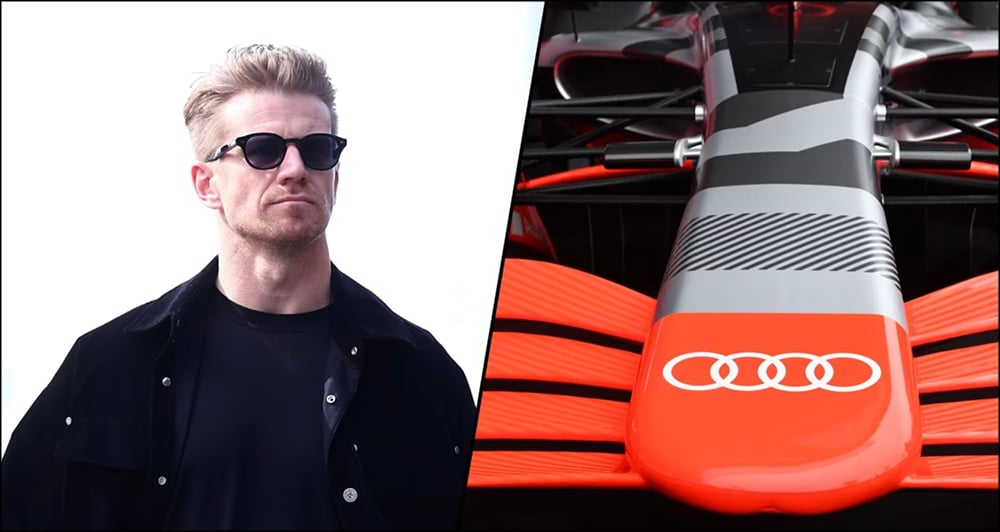
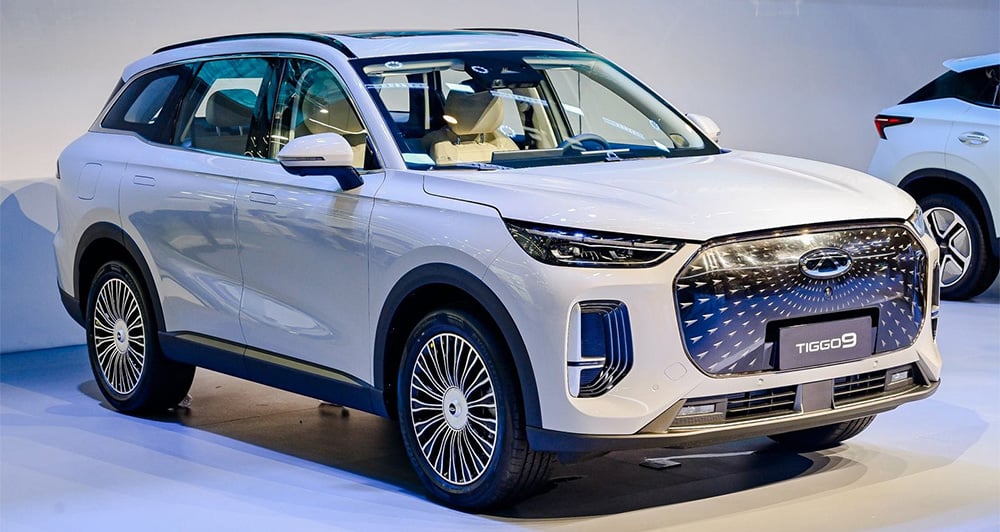
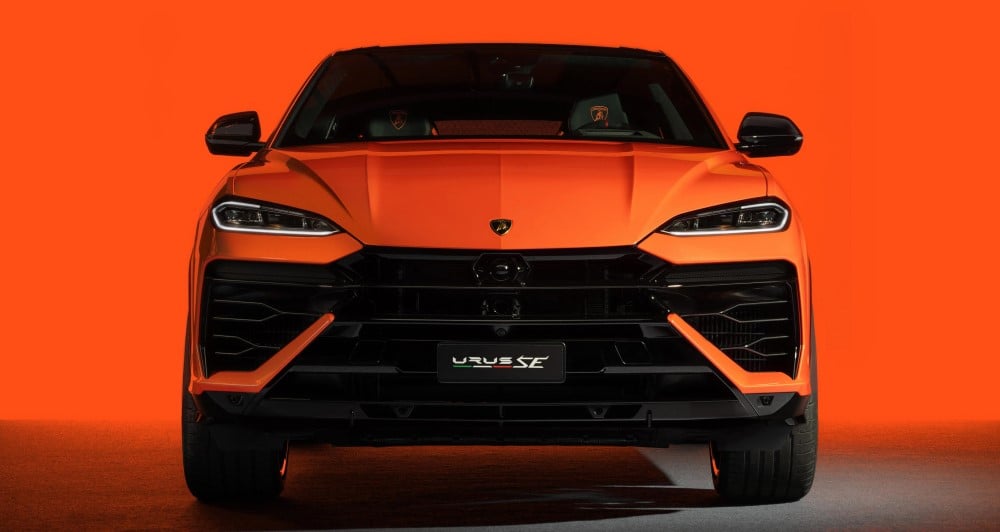
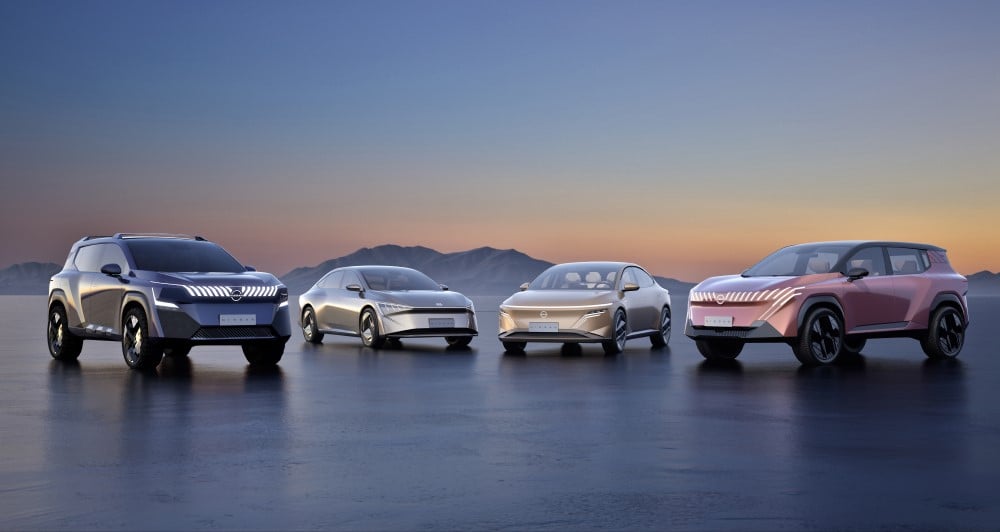
Comments